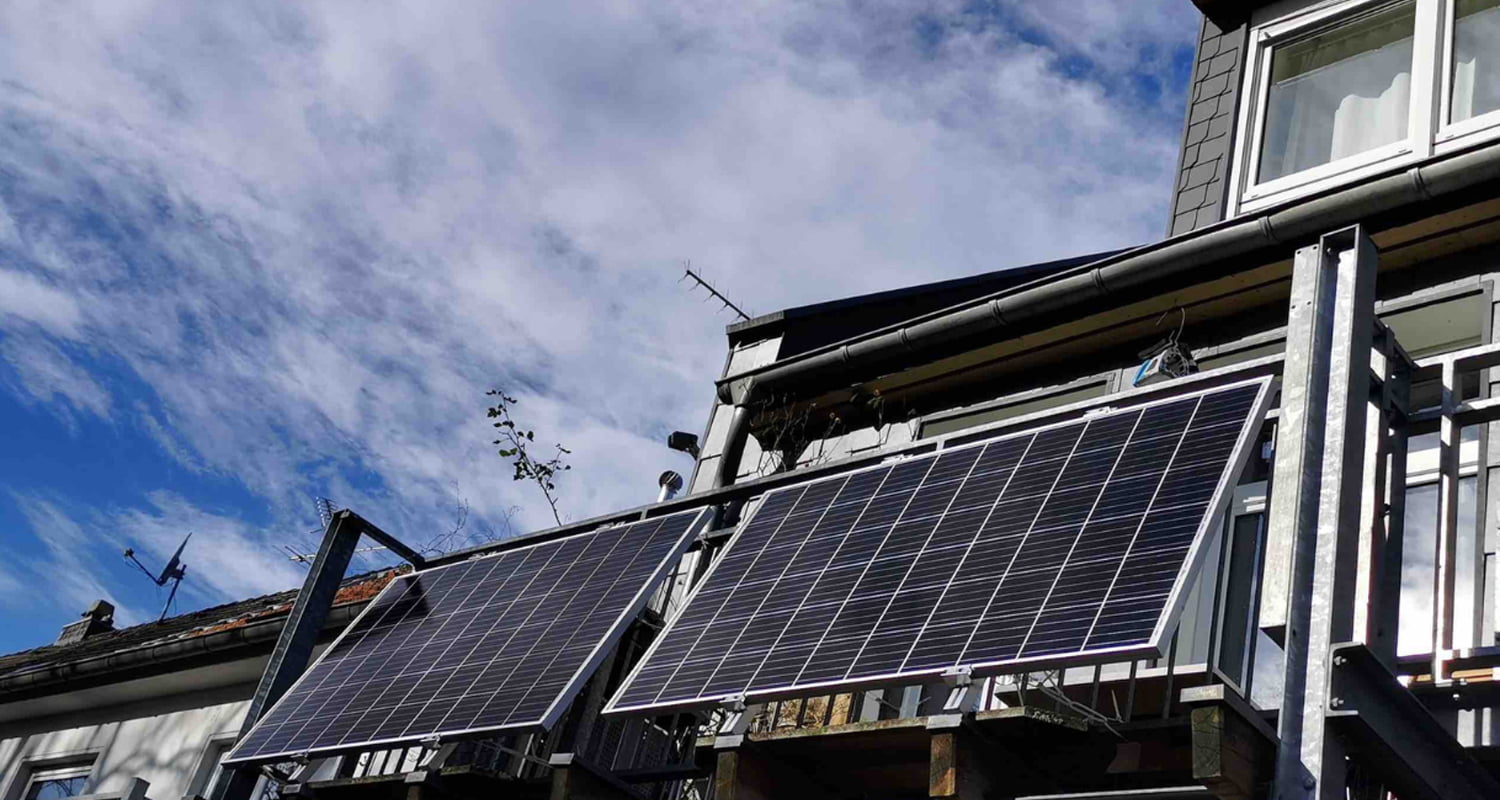Demand for balcony photovoltaics explodes! Renewable energy accounts for more than 60% of Germany's electricity generation!
Mar 20, 2025
On March 12, statistics released by the German Federal Statistical Office showed that in 2024, Germany's renewable energy power generation increased by 2.3% year-on-year, accounting for 59.4% of total power generation, reaching a record high. This proportion is significantly higher than the overall level of 47.4% in the European Union.
Data shows that wind power is still Germany's main source of energy, accounting for 31.5% of total power generation; photovoltaic power generation increased significantly by 10.4% year-on-year to 59.5 billion kWh, accounting for 13.8% of total power generation; hydropower generation also increased by 10.3% year-on-year to 20.4 billion kWh, accounting for 4.7% of total power generation.
In contrast, the power generation of traditional energy represented by coal and natural gas fell by 11% year-on-year to 175.1 billion kWh, accounting for 40.6% of total power generation. Although coal is still Germany's second largest source of energy, its importance continues to decline, with power generation falling by 16% year-on-year to 97.2 billion kWh, accounting for 22.5% of total power generation, a record low. Natural gas power generation rebounded slightly, up 4.6% year-on-year to 64.1 billion kWh, accounting for 14.9% of total power generation.
Chaodian Think Tank conducted field research in Germany and learned that the demand for micro solar energy systems installed on balconies in 2024 will continue to grow, becoming a highlight of the micro-inverter and micro-storage industry.
Balcony photovoltaic systems have significant advantages, especially in the household market. It can help users with limited roof conditions or living in commercial residences to relieve electricity pressure.
The German government has strong policy support for balcony photovoltaic systems.
In May last year, Germany made it clear that balcony photovoltaic systems do not need to be registered with grid operators, but only need to be registered with the Federal Network Agency, allowing balcony photovoltaics to be directly connected to sockets. In addition, Germany has proposed to simplify the legal procedures for tenants to install balcony photovoltaics, include socket-type solar equipment power generation in the catalog of concession measures, and tenants cannot be refused by landlords/associations for improper reasons to install balcony photovoltaics.
These policies have greatly simplified the installation process, reduced installation costs, and further promoted the development of the balcony photovoltaic market.
Statistics show that as of July 2024, Germany has installed more than 500,000 plug-in solar systems, most of which are installed on residents' balconies. German balcony micro-storage products are usually integrated with solar power generation devices, and the power is mostly between 600 and 800 watts. In addition, nearly half of the residents in Germany install balcony energy storage products with a power range of 5-10 kWh, and nearly 25% of residents choose a higher power of 10-20 kWh.
Under policy incentives, Germany has taken the lead in becoming a hot spot for balcony photovoltaics. Other European countries such as Austria, France, Italy, Poland and Luxembourg have also introduced encouraging policies to promote the widespread application of balcony photovoltaics.
Thanks to technological innovation, strong policy support and the actual needs of energy transformation, the balcony photovoltaic market has rapidly emerged and grown in European countries, prompting the gradual popularization and householdization of photovoltaic systems.